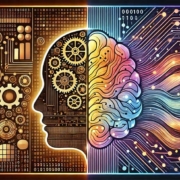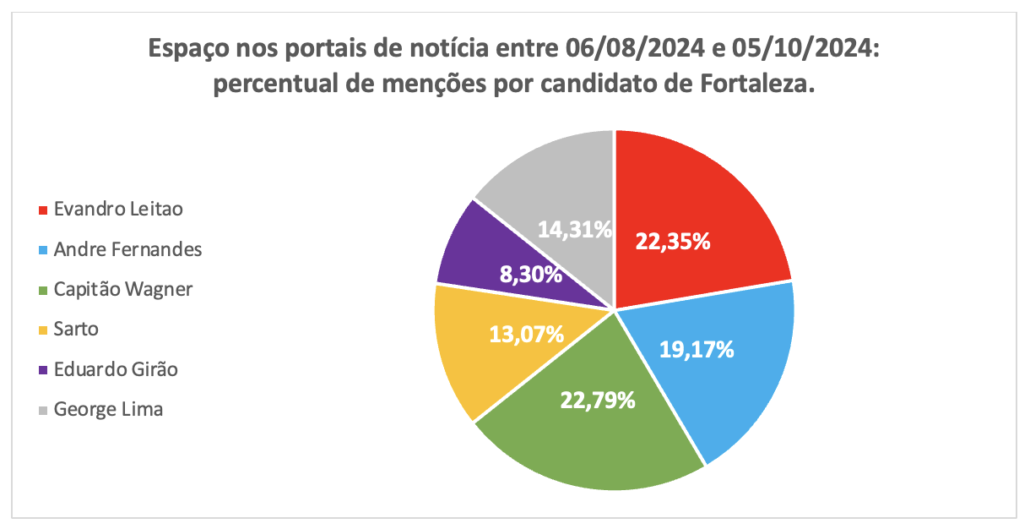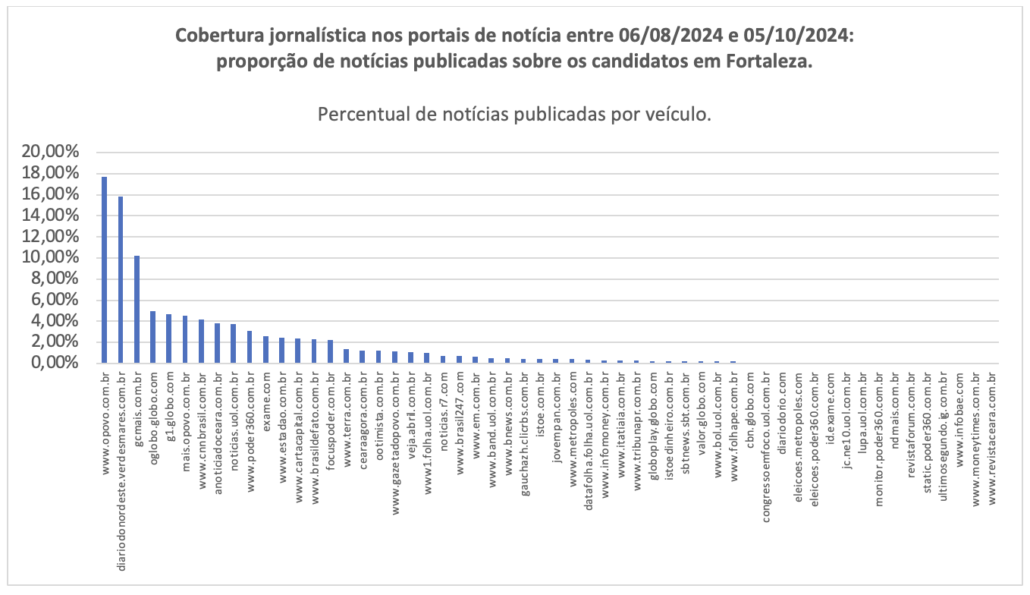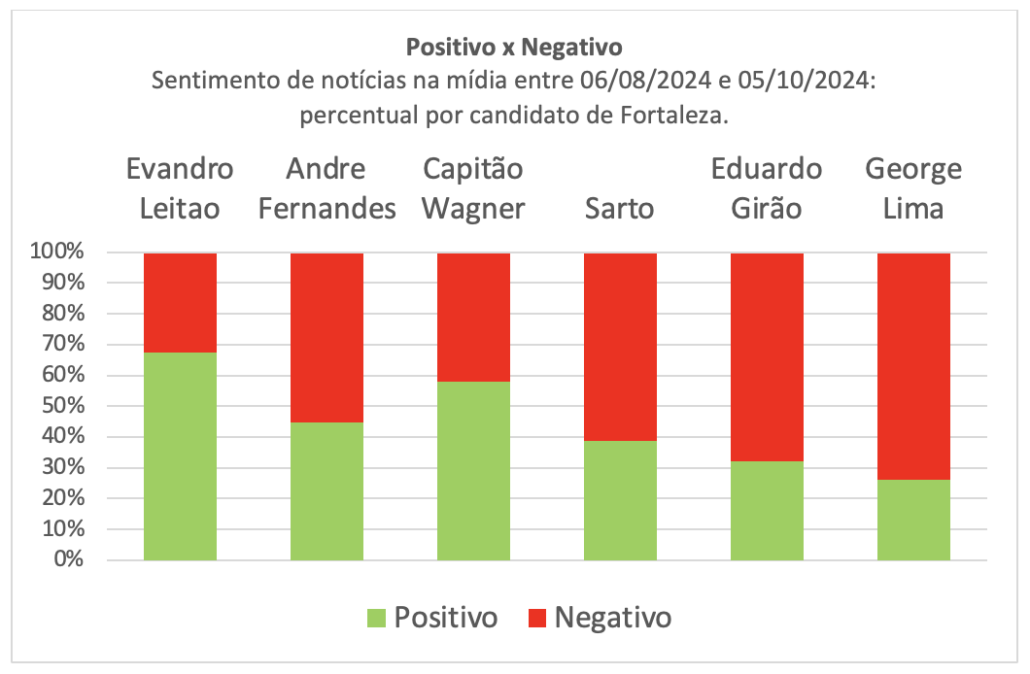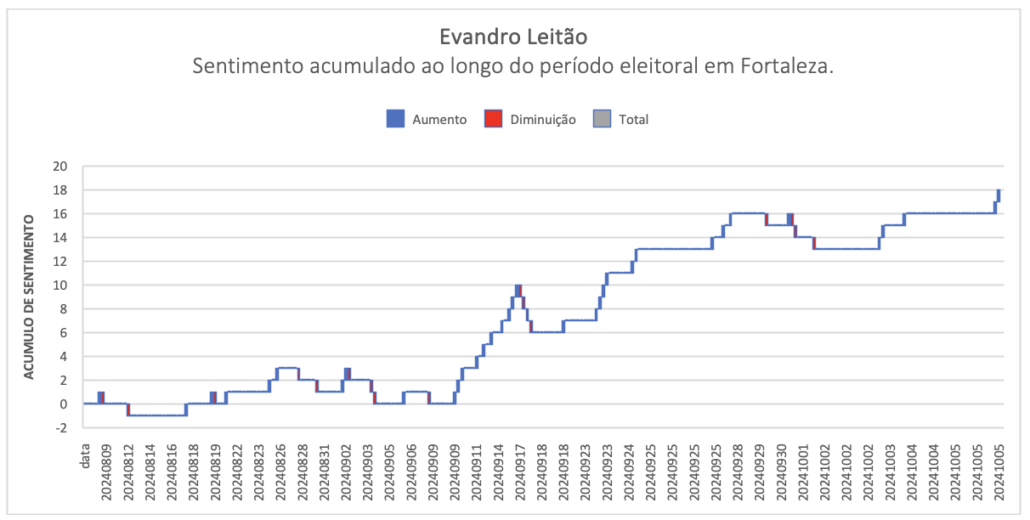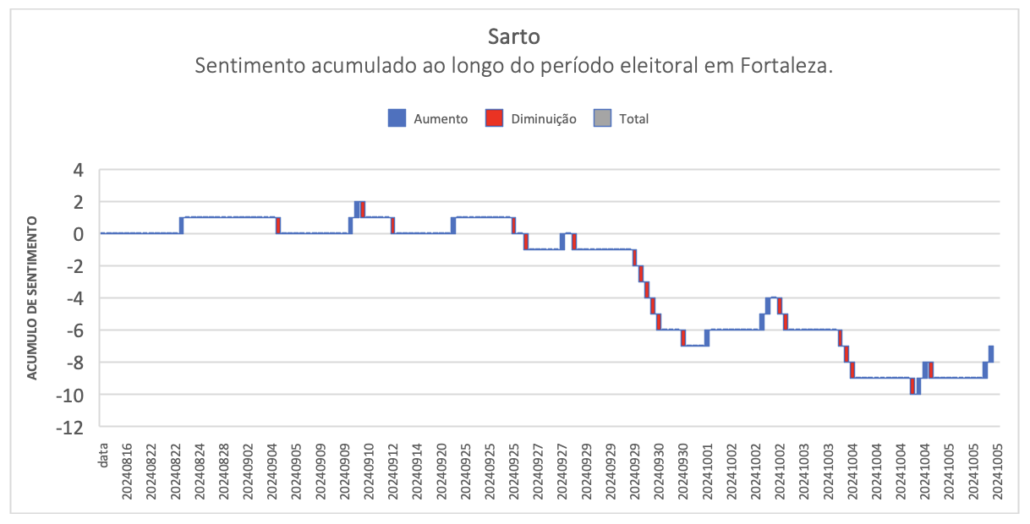The evolution of artificial intelligence models, especially in the field of natural language processing, has transformed the way we interact with technology. ChatGPT o1, an enhanced version of the language models developed by OpenAI, stands out for its ability to “reflect” more deeply before generating responses. This characteristic allows for an intriguing comparison with the process of human rational decision-making described by Daniel Kahneman in his book “Thinking, Fast and Slow”. The book is based on decades of research in cognitive psychology and behavioral economics conducted by Kahneman and his collaborator Amos Tversky.
In this article, we will explore together the analogy between ChatGPT o1 and human decision-making in depth, connecting fundamental concepts and theories. We will enrich the discussion with technical information from key scientific articles that underpin Kahneman’s theories. Furthermore, we will discuss the technical and scientific implications of this comparison, examining how the slower and more deliberative processing of ChatGPT o1 resembles the human System 2, responsible for analytical and rational thinking.
Introduction
Artificial intelligence (AI) has advanced by leaps and bounds, especially in the domain of natural language processing (NLP). Models like ChatGPT have revolutionized the interaction between humans and machines, offering increasingly precise and contextually appropriate responses. The latest version, ChatGPT o1, incorporates the ability to “reflect” more deeply before responding, allowing for analyses with more detail and nuance.
This enhanced capacity for reflection leads us to a comparison with the human decision-making process. In “Thinking, Fast and Slow”, Daniel Kahneman describes two thinking systems that govern the human mind:
- System 1: Fast, automatic, and intuitive.
- System 2: Slow, deliberative, and analytical.
This distinction is crucial for understanding how we make decisions and how we can improve these processes. By exploring the similarities between ChatGPT o1 and the human System 2, we can gain insights into the development of AI models that more effectively emulate aspects of human thought.
Thinking Systems: What Are Systems 1 and 2?
To establish the connection between ChatGPT o1 and human thought, it’s essential to understand the two thinking systems described by Kahneman.
System 1: Fast and Intuitive Thinking
System 1 operates automatically and quickly, without voluntary effort or conscious control. It is responsible for innate skills, such as detecting that one object is farther away than another or completing the phrase “I only know that I don’t…”.
This system uses heuristics, which are mental shortcuts that simplify decision-making. Although useful, heuristics can lead to systematic errors or cognitive biases.
Heuristics and Biases of System 1:
- Representativeness Heuristic: We assess the probability of an event based on how similar it is to an existing prototype in our minds. For example, if someone is described as introverted and methodical, we might assume they are a scientist, even if statistically it’s more likely they are a teacher. (Tversky & Kahneman, 1974)
- Availability Heuristic: We estimate the frequency or probability of an event based on how easily examples come to mind. For example, after watching news about airplane accidents, we might overestimate the risk of flying. (Tversky & Kahneman, 1973)
- Anchoring Bias: The tendency to rely too heavily on the first piece of information received (the anchor) when making subsequent decisions. If we’re asked whether the Amazon River is more or less than 6,000 km long, that initial information will influence our estimate. (Tversky & Kahneman, 1974)
These biases show that while System 1 is efficient, it can lead to irrational decisions.
System 2: Slow and Deliberative Thinking
System 2 comes into play when tasks require attention and mental effort, such as solving a complex mathematical equation or making important decisions. It is characterized by being more analytical and capable of abstract thinking.
Characteristics of System 2:
- Critical Analysis: Evaluates information in detail, considering evidence and logic.
- Cognitive Control: Can suppress or correct automatic impressions from System 1, avoiding errors and biases.
- Abstract Thinking: Ability to deal with complex concepts and hypothetical reasoning.
For example, when deciding on a financial investment, System 2 would evaluate risks and benefits, consult data, and avoid impulsive decisions.
Prospect Theory: A New Perspective on Decisions Under Risk
Kahneman and Tversky challenged traditional economic models that assume people are rational agents seeking to maximize expected utility. In their article “Prospect Theory: An Analysis of Decision under Risk“ (1979), they introduce Prospect Theory, which describes how people actually make decisions under risk.
Main Components of Prospect Theory:
- Value Function: People evaluate gains and losses relative to a reference point (usually the status quo), not in absolute terms. The value function is concave for gains and convex for losses, reflecting risk aversion in gains and risk-seeking in losses.
- Loss Aversion: Losses are felt more intensely than equivalent gains are appreciated. This means that the pain of losing $100 is greater than the pleasure of gaining $100. (Kahneman et al., 1991)
- Probability Weighting: People tend to overestimate low-probability events and underestimate high-probability events. This explains why lotteries are popular despite the low chances of winning. (Tversky & Kahneman, 1992)
Prospect Theory explains various anomalies observed in economic behavior, showing that human decisions are influenced by psychological factors.
To deepen our understanding, we can explore the studies that underpin Kahneman’s theories.
Representativeness Heuristic
In the study “Judgment under Uncertainty: Heuristics and Biases” (Tversky & Kahneman, 1974), the authors show how people judge the probability of an event based on how representative it is, ignoring relevant statistical information (base rates). For example, when reading a description of a person who likes poetry, one might assume they are a literature professor, even though there are more engineers in the population.
Availability Heuristic
In “Availability: A Heuristic for Judging Frequency and Probability” (Tversky & Kahneman, 1973), the authors demonstrate that the ease with which we can recall examples influences our perception of frequency. For instance, after news of violent crimes, we may believe that crime rates have increased, even if statistics show otherwise.
Loss Aversion and Endowment Effect
In the study “Anomalies: The Endowment Effect, Loss Aversion, and Status Quo Bias” (Kahneman et al., 1991), the exploration is on how people value the goods they own more (endowment effect) and are more motivated to avoid losses than to achieve equivalent gains. This explains behaviors like resistance to selling an item at market price.
Probability Weighting in Prospect Theory
In “Advances in Prospect Theory: Cumulative Representation of Uncertainty” (Tversky & Kahneman, 1992), the authors refine Prospect Theory by introducing the probability weighting function, which explains systematic deviations in how we perceive probabilities, especially in low- and high-probability events.
ChatGPT o1: A Deeper Approach to Language Processing
ChatGPT o1 was designed, according to OpenAI, to incorporate a deeper level of processing when generating responses. Unlike previous versions, which might respond quickly based on statistical associations, ChatGPT o1 “reflects” before responding, analyzing context and nuances more deeply.
Characteristics of ChatGPT o1:
- Deep Contextual Processing: Considers a broader context, allowing it to understand nuances that might be missed in superficial analyses.
- Multiple Internal Iterations: Performs several passes over the input data, refining understanding before producing an output.
- Bias Reduction: Employs techniques to mitigate biases present in training data, aiming for more balanced responses.
This approach resembles the human System 2, where slow and deliberative thinking leads to more rational and considered decisions.
Parallels Between ChatGPT o1 and the Human Decision-Making System 2
The comparison between ChatGPT o1 and human System 2 reveals interesting similarities.
Deliberative and Deep Processing
- Human (System 2): Requires conscious effort to analyze complex information, suppressing automatic responses from System 1.
- ChatGPT o1: Uses additional computational resources to deeply analyze context, avoiding responses based solely on quick statistical associations.
For example, when answering a complex question, ChatGPT o1 will consider multiple possible interpretations before formulating a response.
Mitigation of Cognitive Biases
- Human: System 2 can identify and correct biases generated by System 1, such as the availability heuristic.
- ChatGPT o1: Implements techniques to detect and reduce biases learned during training, providing fairer and more accurate responses.
This is crucial because AI models trained on large datasets can inadvertently learn and reproduce biases present in those data.
Critical Analysis and Reflection
- Human: Ability to question assumptions, consider evidence, and think critically about information.
- ChatGPT o1: Analyzes information more critically, taking into account different perspectives and contexts before responding.
For example, when asked to discuss a controversial topic, ChatGPT o1 can present multiple points of view, reflecting a more balanced understanding.
Technical and Scientific Implications
The comparison between ChatGPT o1 and human thought has several implications.
Advances in Artificial Intelligence
The ability of ChatGPT o1 to “reflect” more deeply represents a significant advancement in AI. It suggests that models can be designed to emulate aspects of human thought, improving the quality of interactions.
- Layered Processing: Using multiple layers of processing allows the model to capture nuances and complex contexts.
- Adaptive Learning: Models can be trained to recognize and correct their own errors, similar to the functioning of System 2.
Challenges and Limitations
However, it’s important to recognize the fundamental differences between human and computational processing.
- Absence of Consciousness: ChatGPT o1 does not possess consciousness or subjective experiences; its processing is based on statistical patterns.
- Data Dependence: The model’s performance is limited by the quality and scope of training data.
- Interpretation vs. Association: While humans interpret information based on deep semantic understanding, the model works with learned associations.
Ethics and Responsibility
The development of advanced models raises ethical questions.
- Transparency: It’s essential that systems are transparent in their functioning, allowing users to understand how responses are generated.
- Algorithmic Bias: Developers must be attentive to biases present in data and work actively to mitigate them.
- Social Impact: How AI models influence society must be carefully considered, ensuring that benefits are widely distributed.
Practical Applications and Future Perspectives
Understanding the parallels between ChatGPT o1 and human thought opens up new possibilities.
Improvement in Human-Machine Interaction
- Advanced Chatbots: Models capable of better understanding context can provide more effective support in areas like education, health, and customer service.
- Personalization: The ability to reflect allows models to tailor responses to users’ specific needs.
For example, a virtual assistant can offer more accurate recommendations if it understands nuances in the user’s preferences.
Support for Decision-Making
- Virtual Assistants: Can help people make more informed decisions by providing detailed analyses and identifying possible biases.
- Educational Tools: Can assist in teaching critical thinking and problem-solving skills.
This is especially useful in academic environments, where students can benefit from personalized feedback.
Ethical and Social Challenges
- Inclusion and Diversity: Ensuring that models consider a wide range of perspectives is fundamental to avoid perpetuating prejudices.
- Transparency and Trust: Users need to trust that models are fair and understand how they work.
For example, in medical applications, it’s crucial that professionals understand how an AI arrived at a particular recommendation.
Conclusion
The enhanced reflection of ChatGPT o1 represents a significant advancement in the quest for more effective and precise artificial intelligence models. By comparing this behavior with the human rational decision-making process described by Kahneman, we gain valuable insights into how deeper processing can improve outcomes in both cases.
Although there are fundamental differences between human and computational processing, incorporating principles such as bias mitigation and deliberative analysis into AI models brings us closer to developing systems that not only respond quickly but also offer high-quality and relevant answers.
This interdisciplinary analysis contributes to the development of more effective AI systems and to the enhancement of human decision-making. By better understanding our own cognitive processes and how they can be reflected in advanced technologies, we can move toward a more harmonious and productive interaction between humans and machines.
References
- Kahneman, D., & Tversky, A. (1973). On the psychology of prediction. Psychological Review, 80(4), 237-251.
- Tversky, A., & Kahneman, D. (1973). Availability: A heuristic for judging frequency and probability. Cognitive Psychology, 5(2), 207-232.
- Tversky, A., & Kahneman, D. (1974). Judgment under uncertainty: Heuristics and biases. Science, 185(4157), 1124-1131.
- Kahneman, D., & Tversky, A. (1979). Prospect theory: An analysis of decision under risk. Econometrica, 47(2), 263-292.
- Kahneman, D., Knetsch, J. L., & Thaler, R. H. (1991). Anomalies: The endowment effect, loss aversion, and status quo bias. Journal of Economic Perspectives, 5(1), 193-206.
- Tversky, A., & Kahneman, D. (1992). Advances in prospect theory: Cumulative representation of uncertainty. Journal of Risk and Uncertainty, 5(4), 297-323.
- Kahneman, D. (2011). Rápido e Devagar: Duas Formas de Pensar. Objetiva.
Deoclécio Paiva de Castro
Ph.D student in Economics
M.Sc in Mathematical Optimization Modeling and Quantitative Methods
B.Sc in Industrial/Production Engineer


